
2021 USSD Virtual Conference Technical Sessions Package
- Registration Closed
The complete 2021 USSD Virtual Conference Technical Sessions are now available here. If you are already registered, click on the Content tab above to access all the sessions and view them in any order at any time. For those not registered you have the option to purchase all the sessions at one low price.
PROCEEDINGS are available on USSD's main page under the Resource Center tab. Go back to the USSD main page by clicking the USSD Website tab in the upper right of this page, then look for the Resource Center tab (just left of center on the main page) and choose Publications from the dropdown menu. Finally, click on "Read More" under the Proceedings tile.
-
Contains 4 Component(s), Includes Credits
1. Lessons in Decision Making Influence-Halpin 2. Decision Influencers Panel Discussion 3. Decision Makers Panel Discussion 4. Q&A
1. Lessons in Decision Making Influence-Halpin
2. Decision Influencers Panel Discussion
3. Decision Makers Panel Discussion
4. Q&A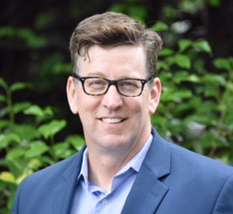
Eric Halpin
Owner
Halpin Consulting LLC
Eric is a registered professional engineer working as a dam and levee consultant specializing in risk and safety programs. He retired from the Corps of Engineers after almost 40 years of service where he led the agency Dam and Levee Safety Programs as well as the National Levee Safety Program. He has engineering degrees from Clemson University (1983) and Oklahoma State University (1989). Currently, he is the principal of Halpin Consulting LLC where he works internationally with clients in the dam, levee, and mining industry.
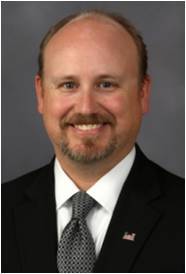
Nate Snorteland
Risk Management Center Director
US Army Corps of Engineers
Nate Snorteland has been with the Corps of Engineers as the Director of the Risk Management Center since 2009. In this role, Mr. Snorteland is responsible for managing risks for the Corps of Engineers portfolio of more than 740 dams and 15,000+ miles of levees. Mr. Snorteland’s background includes experience designing and constructing a wide variety of dams across the United States. Following his work as a designer and construction engineer, he worked in the dam safety program for the Bureau of Reclamation in a variety of roles. He was Reclamation’s project manager and lead engineer for the Joint Federal Project, a $1.6 Billion flood risk management and dam safety project at Folsom Dam in California.
He specializes in risk assessment and risk management and developed risk management strategies for both Reclamation and the Corps of Engineers. Since coming to the Corps of Engineers, he has led efforts related to risk, risk analysis, risk management, portfolio management, design standards, and risk-informed design.
He holds a B.S. in Civil engineering from the University of Colorado, Denver and a M.S. in Geotechnical Engineering from Virginia Tech. He is a registered professional engineer in the State of Colorado. He has a love for the outdoors and enjoys exploring the vast open spaces in the Western U.S.

Irfan Alvi
Speaker
Alvi Associates

Rafael Ibanez-de-Aldecoa
Speaker
Dragados

Ignacio Escuder
Founder and Senior Partner
iPresas

Phoebe Percell-Dantes Taureau
Owner
Percell Taureau Consulting
Phoebe Percell-Taureau has over 20 years of experience in dam and levee safety, security, emergency management. She has led the two largest dam safety programs in the world, both for the US Bureau of Reclamation and the US Army Corps of Engineers. Her focus is not only on getting the engineering right to defend decisions, but also in building the case for those decisions in a manner that is relatable and understandable for non-technical audiences to get behind. This has only been possible through developing the technical expertise in dam engineering, structural design and analysis, risk analysis, risk-informed design. She spent approximately 15 years on her career in the Technical Services Center of the US Bureau of Reclamation working on highly technical challenges mostly related to concrete dams, seeking to understand the complex performance of gravity, arch, and buttress dams under normal operating conditions, floods, and earthquakes and then taking that understanding into a risk environment to evaluate whether or not the performance of the structure met an acceptable level for risk to the public. Sometimes it was not acceptable and Phoebe would then incorporate that same understanding of risk to inform the design for a modification or change to operations. In private sector she used those skills to advise dam owners on the best path forward for their challenges.

Robert Pike
Chief, Dam Safety Office
USBR

Jennifer Dodd
General Manager, Dam Safety
TVA

David Sarkisian
Supervising Engineer, Water Resources
CA DWR
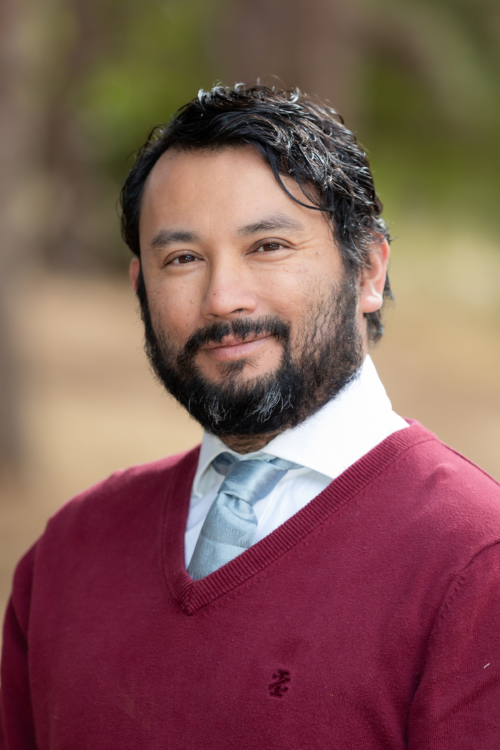
Matt Muto
Consulting Engineer
Southern California Edison
-
Contains 6 Component(s), Includes Credits
1. Fully Grouted Vibrating Wire Piezometer Installations in Artesian and Karst Conditions at Mosul Dam 2. Practical Aspects of the Use of Synthetic Aperture Radar for Dam Safety Monitoring Based on Three Years of Ground Truth 3. Failure Emergency Response Mitigation and Engineering Geology of Guajataca Dam Spillway Puerto Rico 4. Guajataca Dam: Spillway Failure Emergency Response and Spillway Failure Assessment 5. Interim Risk Reduction Measures (IRRM) for Guajataca Dam Puerto Rico after Hurricane Maria (2017)
1. Fully Grouted Vibrating Wire Piezometer Installations in Artesian and Karst Conditions at Mosul Dam
2. Practical Aspects of the Use of Synthetic Aperture Radar for Dam Safety Monitoring Based on Three Years of Ground Truth
3. Failure Emergency Response Mitigation and Engineering Geology of Guajataca Dam Spillway Puerto Rico
4. Guajataca Dam: Spillway Failure Emergency Response and Spillway Failure Assessment
5. Interim Risk Reduction Measures (IRRM) for Guajataca Dam Puerto Rico after Hurricane Maria (2017)
Gregg Batchelder Adams
Lead Civil Engineer
US Army Corps of Engineers
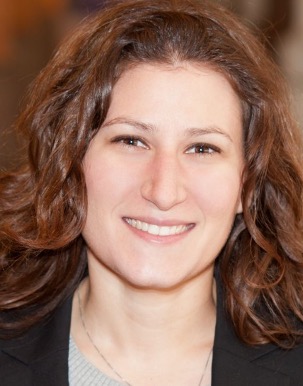
Georgette Hlepas, PhD, PE
National Geotechnical Policy Advisor
US Army Corps of Engineers
Dr. Georgette Hlepas is the National Geotechnical Policy Advisor for the US Army Corps of Engineers and is located in the Headquarters office in DC. She is also the lead for the USACE Instrumentation and Performance Monitoring Community of Practice and the Chairperson for the USSD Monitoring of Dams and Their Foundations Committee. She has ~13 years of experience in geotechnical engineering and instrumentation with USACE and has been an instructor of several instrumentation courses. She has a PhD in Civil and Materials Engineering from the University of Illinois at Chicago and is a licensed Professional Engineer in Illinois.

Sam Hutsell
Chief, Dams & Levees Section
US Army Corps of Engineers
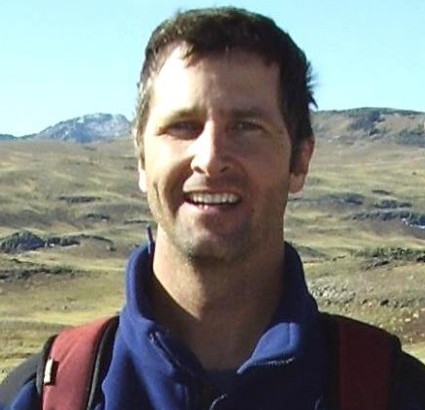
Todd Loar
Senior Geological Engineer
USACE-RMC

William Empson
Senior Dam and Levee Safety Risk Advisor Risk Management Center Institute for Water Resources
USACE
-
Contains 3 Component(s), Includes Credits
1. Integrating Dam Safety Risk into the Dam Site Exploration Framework for Design Projects 2. Effectiveness of Comprehensive Emergency Action Planning for the Santee North Dam 3. Santee Cooper Hydroelectric Project - Physical Security and Response Plan
1. Integrating Dam Safety Risk into the Dam Site Exploration Framework for Design Projects
2. Effectiveness of Comprehensive Emergency Action Planning for the Santee North Dam
3. Santee Cooper Hydroelectric Project - Physical Security and Response Plan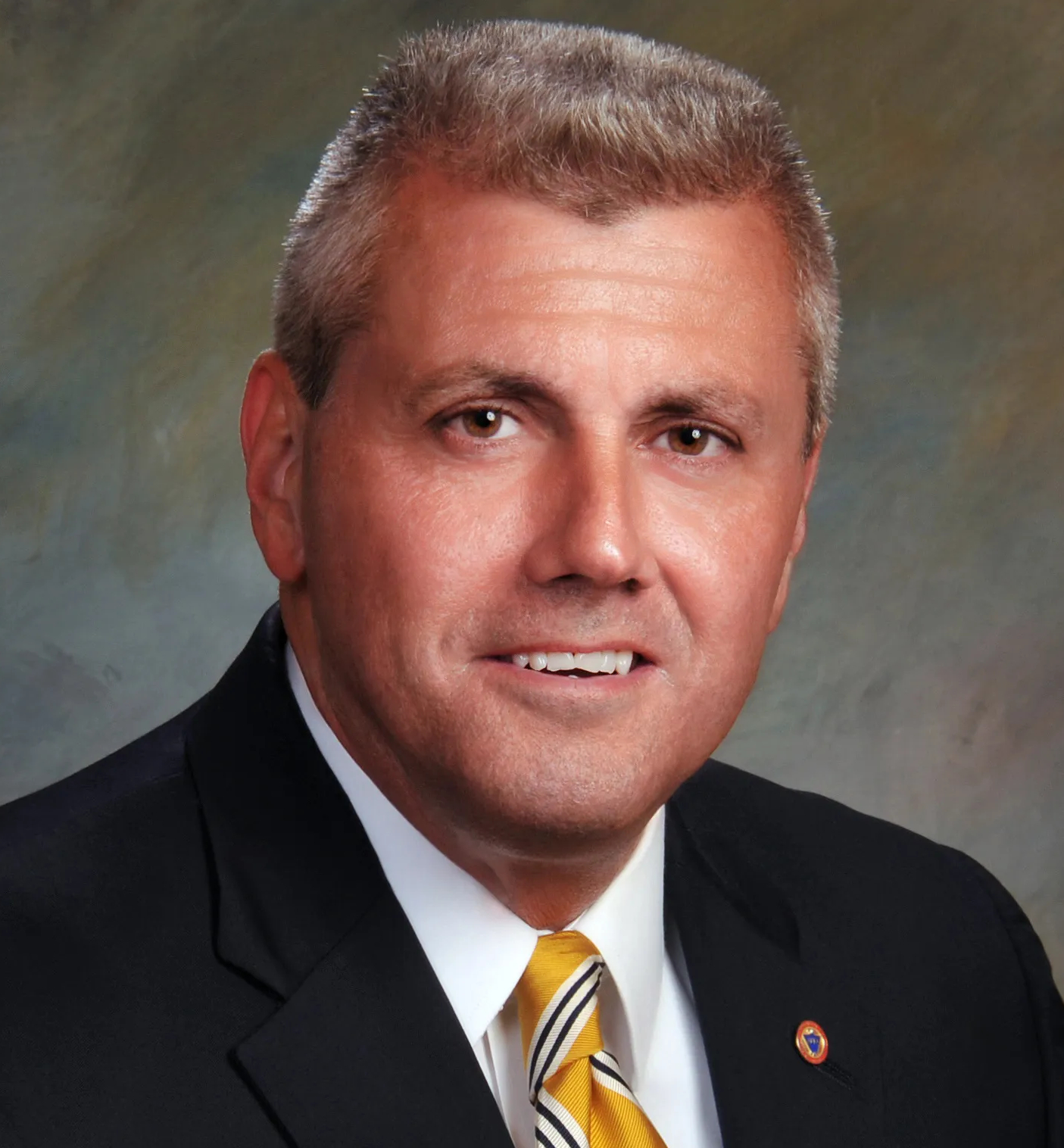
Mike Frederick
Chief
SC Public Service Authority Law Enforcement Division
Mike Frederick has served as a US Army paratrooper, in various law enforcement roles (including DEA Task Force Agent, SWAT Commander, Chief Deputy, and Chief of Police), and as a federal counter-terrorism operative, during which time he completed numerous overseas postings and assignments throughout the Mideast, Africa, and Central/South America. He currently serves as the Chief for the SC Public Service Authority Law Enforcement Division, where his duties focus on counter-terrorism and critical infrastructure protection.
Mike Frederick holds a master’s degree in Criminal Justice from the University of South Carolina, and graduated from the FBI National Academy. An adjunct university instructor for more than 20 years, Mike Frederick teaches management, criminal justice, intelligence, and terrorism courses for two SC universities. Mr. Frederick is extensively trained in threat assessment, completed Gavin de Becker’s Advanced Threat Assessment and Management Academy, and has performed hundreds of successful criminal and counter-terrorist threat assessments worldwide. He specializes in the psychological/behavioral economics approach to crime prevention, and presents and publishes nationally on threat assessment, criminal intelligence, the behavioral elements of environmental design, Red Teaming, and terrorism. Mike Frederick resides in Myrtle Beach, SC and consults for corporate and governmental clients worldwide on threat assessment, workplace violence, hiring and retention policy, executive decision-making, and physical security design.
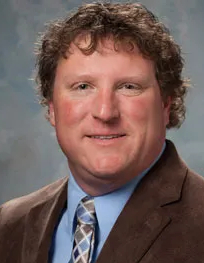
Ryan McMakin
Superintendent of General Construction Services
Santee Cooper
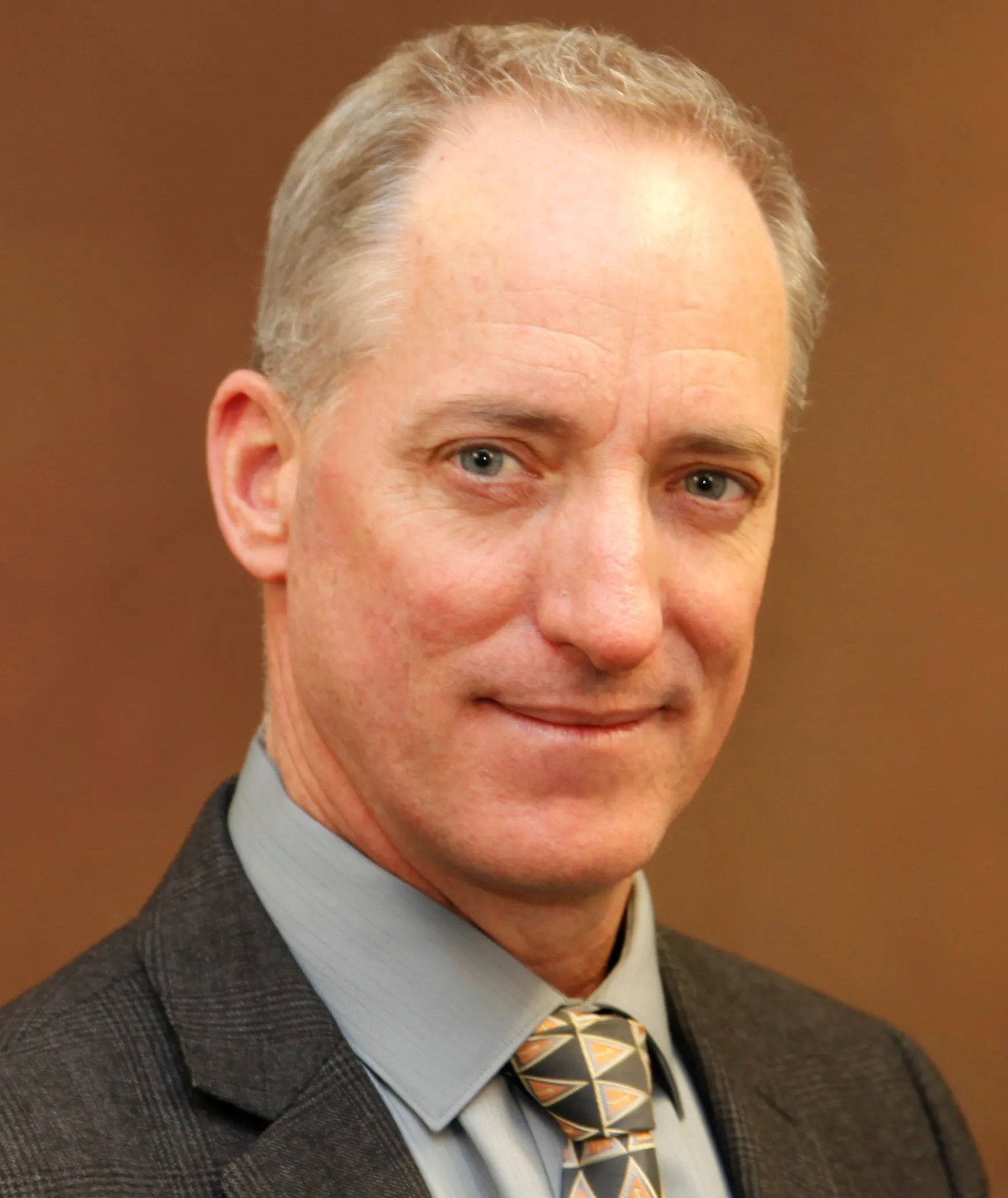
Derek Morley
Senior Principal Engineer
Geosyntec Consultants
-
Contains 3 Component(s), Includes Credits
This session explores the technology behind Measurand’s three unique ShapeArray models, reviews the installation methods and your options for viewing and collecting data. Finnegan Mwape and Matthew Miller illustrate real-world dam monitoring applications in three case studies that include: • Mactaquac Dam— A hydroelectric dam in New Brunswick, Canada • La Romaine Dam— A Rockfill dam in Quebec, Canada • Oroville Dam— A Earth embankment dam in California, USA
This session explores the technology behind Measurand’s three unique ShapeArray models, reviews the installation methods and your options for viewing and collecting data. Finnegan Mwape and Matthew Miller illustrate real-world dam monitoring applications in three case studies that include:
• Mactaquac Dam— A hydroelectric dam in New Brunswick, Canada
• La Romaine Dam— A Rockfill dam in Quebec, Canada
• Oroville Dam— A Earth embankment dam in California, USA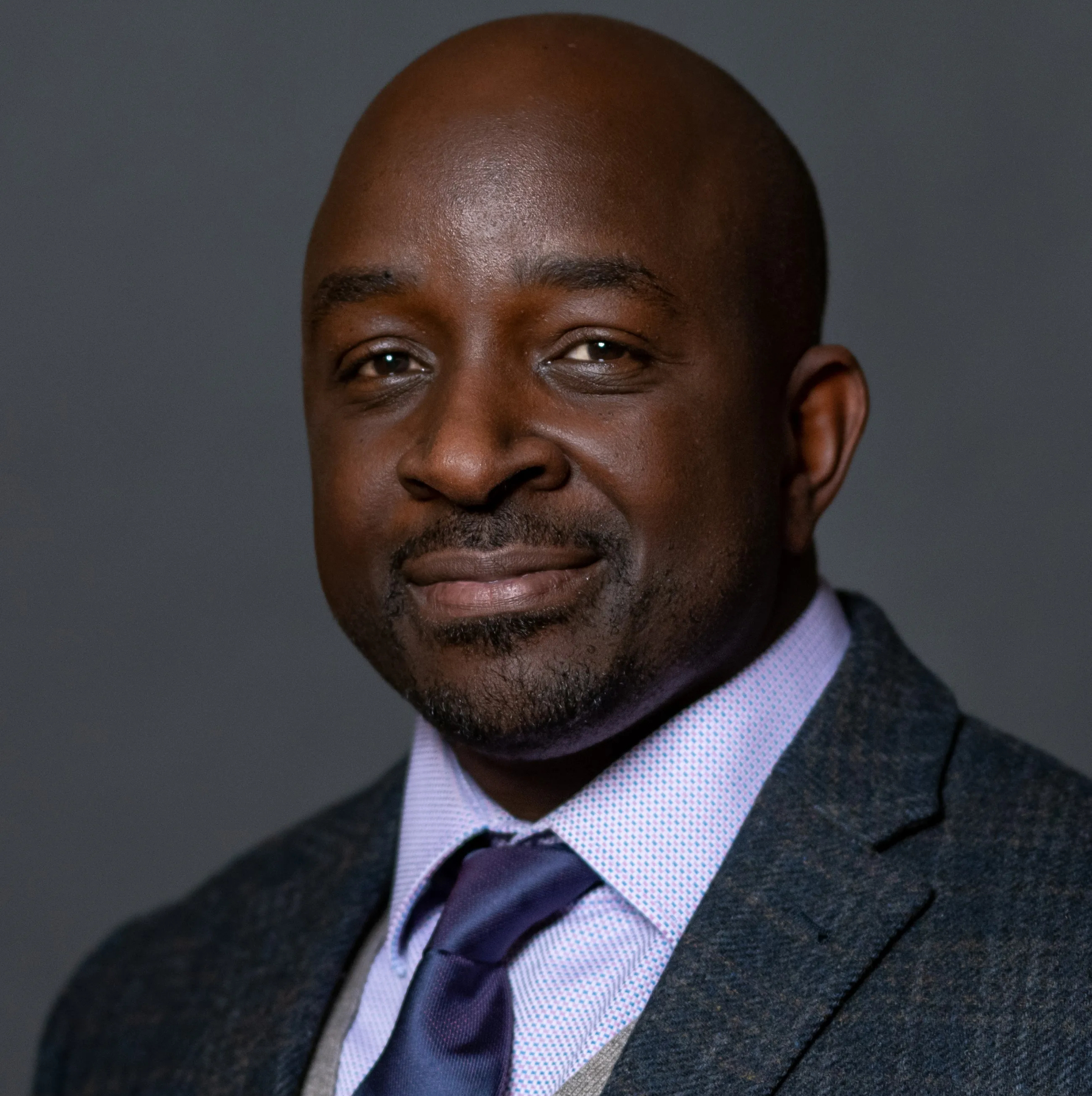
Finnegan Mwape, P.E., MBA
Vice President of Global Sales
Measurand
Finnegan Mwape (Finn) serves as the Vice President of Global Sales for Measurand. Finn is a licensed professional Civil Engineer in the state of California. Finn has held various technical and management roles throughout his 20+ years in the industry and understands the unique challenges that our clients face when designing monitoring solutions for the largest civil structures in the world. Finn’s technical experience includes practicing geotechnical engineering in the western United States, including the highly complex and challenging geologic setting of the San Francisco Bay Area. Finn has also performed geotechnical characterization of physical properties of site-specific subsurface conditions on various projects worldwide. In his current role with Measurand, Finn draws on the breadth of his technical and business expertise to help Measurand’s clients in implementing cost saving and risk mitigating deformation monitoring solutions.

Matthew Miller, B.Sc.E., EIT
Speaker
Measurand
Matthew is a senior member of the Technical Services team and has been with Measurand for 4 years. Matthew holds a Bachelor of Science in Geodesy and Geomatics Engineering, and supplementary diplomas in Technology Management, Entrepreneurship, and a minor in Mathematics. Matthew has been educating and guiding clients through the steps of automation as well as the implementation of ShapeArray into new or existing monitoring programs.
-
Contains 4 Component(s), Includes Credits Recorded On: 05/16/2021
General update on FERC's dam safety program, focusing on the proposed new FERC dam safety regulations, and the Michigan dam failures. Updates on FEMA’s Risk Management Directorate, including the National Dam Safety Program, the Building Resilient Infrastructure and Communities (BRIC) Grant Program, and the Federal Insurance and Mitigation Administration’s Strategy to increase Resilience for ALL Communities. Moderated by John Wolfhope, Division Manager, Freese and Nichols, Inc.
General update on FERC's dam safety program, focusing on the proposed new FERC dam safety regulations, and the Michigan dam failures. Updates on FEMA’s Risk Management Directorate, including the National Dam Safety Program, the Building Resilient Infrastructure and Communities (BRIC) Grant Program, and the Federal Insurance and Mitigation Administration’s Strategy to increase Resilience for ALL Communities. Moderated by John Wolfhope, Division Manager, Freese and Nichols, Inc.
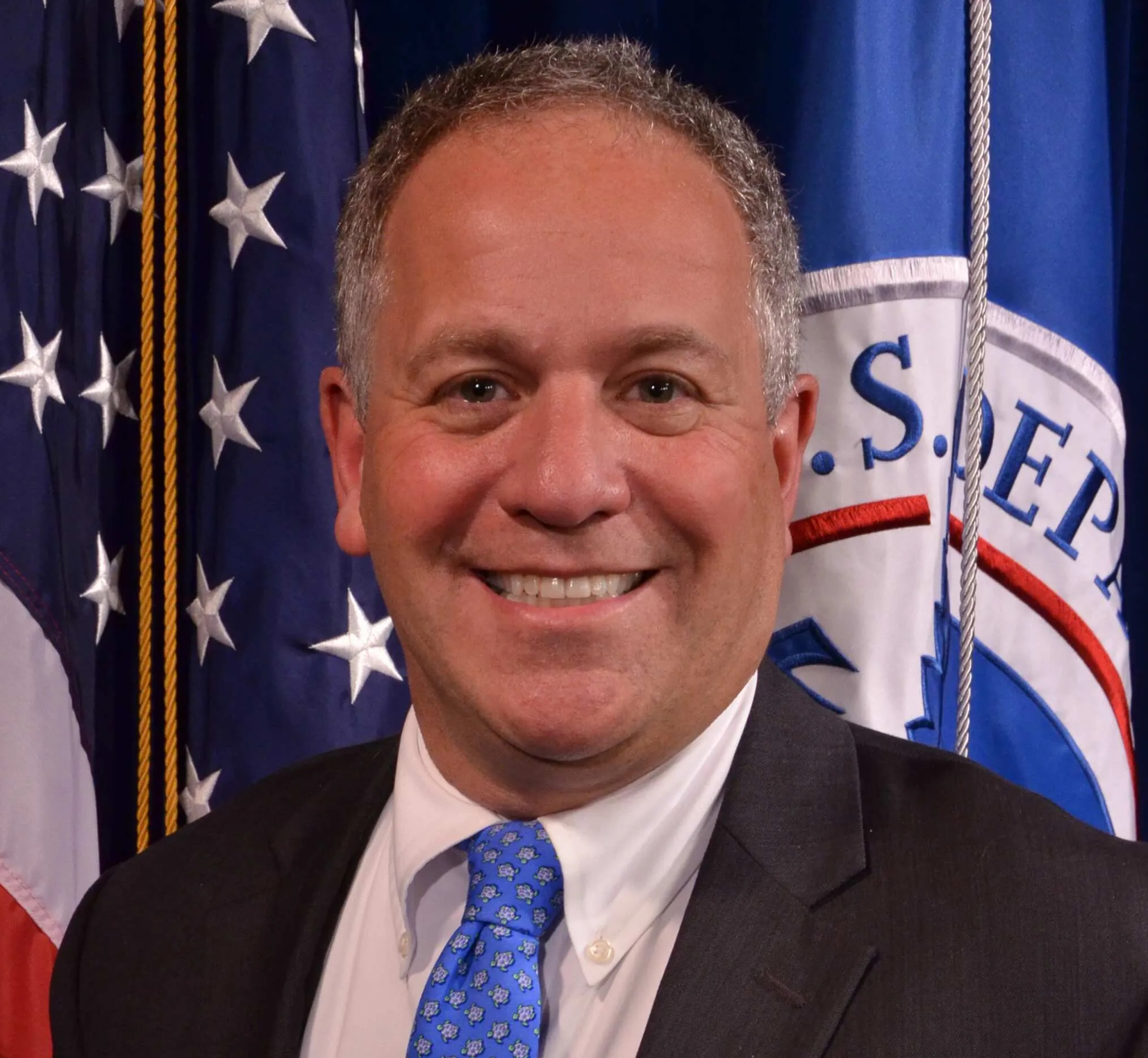
Nick Shufro
Deputy Assistant Administrator at Federal Insurance & Mitigation Administration
FEMA
Nick Shufro is currently serving in the roles of Acting Assistant Administrator and Deputy Assistant Administrator for the Risk Management Directorate (RMD) in the Federal Insurance & Mitigation Administration (FIMA).
In his capacity as the Deputy Assistant Administrator for RMD, Mr. Shufro was responsible for supporting RMD’s aspiration to “build a world class organization by focusing on customer satisfaction and empowering people to drive action together.” RMD’s priorities include: producing flood hazard and risk data, assessing and translating risk information into action for multiple perils, and communicating risk and providing incentives to drive mitigation action for multiple perils. RMD’s program portfolio includes: RiskMAP, the National Dam Safety Program, the National Earthquake Hazards Reduction Program, the National Windstorm Impact Reduction Program, the National Building Science Program, and Hazard Mitigation Planning.
Mr. Shufro was appointed to the Senior Executive Service in September 2016 and previously served as Chief Learning Officer (CLO) in FEMA’s Office of the Chief Component Human Capital Officer where he focused on Training, Education and Professional Development (TEP) initiatives for FEMA employees, including leading Onboarding and Orientation and delivery of Mandatory, Supervisory, Management, and Leadership training (2018-2020) and as Assistant Administrator, RMD, FIMA (2016-2018). Prior to joining federal service, Mr. Shufro worked at PwC, the US Asia Environmental Partnership, United Technologies Corporation and Merrill Lynch & Co. Inc.
Mr. Shufro has more than 35 years of energy, financial, adaptation, resilience, environmental health and safety management, and performance reporting experience, working and consulting for industry, government, utilities, trade associations, and non-governmental agencies in the U.S., Latin America, Europe, and Asia.
Mr. Shufro is a graduate of The University of Michigan (Bachelor of Arts in Honors History), New York University’s Stern School of Business Administration and L’Ecole des Hautes Etudes Commerciales (Masters of Business Administration in Finance & International Business) and the Yale School of Environmental Studies (Masters of Environmental Management in Industrial Environmental Management).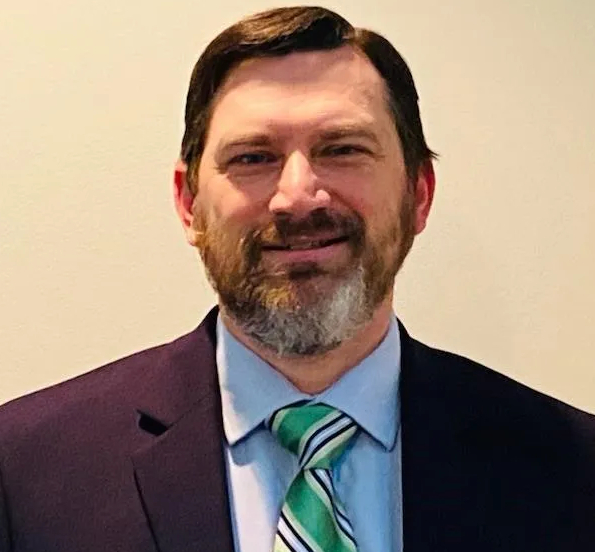
David Capka, P.E.
Director, Division of Dam Safety and Inspections
FERC
David Capka is the Director of the Division of Dam Safety and Inspections (D2SI) with the Federal Energy Regulatory Commission’s Office of Energy Projects.
David has been with the Commission since 2006, when he began as a Senior Civil Engineer in the Headquarters Branch. He was appointed to the Senior Executive Service in March 2017. He has also held positions as the Headquarters Branch Chief, and Deputy Director prior to his current position. Prior to joining the Commission, David worked as a Geotechnical Engineer for the US Army Corps of Engineers Baltimore District, and as a Dam Safety Program Manager for the Bureau of Indian Affairs at the Headquarters Office of the Department of Interior in Washington, DC.
David has a B.S. in Civil Engineering from Virginia Tech, and an M.S. in Civil Engineering from the University of Maryland. He is a registered professional engineer in the state of Maryland. -
Contains 3 Component(s), Includes Credits
1. Flood Failure Historical Deficiencies Repair - Case Study of Two Small Dams on Fort Jackson 2. Engineer and Contractor Cooperation in Preserving Asheville's Water Supply 3. Rehabilitation of Langley Pond Dam
1. Flood Failure Historical Deficiencies Repair - Case Study of Two Small Dams on Fort Jackson
2. Engineer and Contractor Cooperation in Preserving Asheville's Water Supply
3. Rehabilitation of Langley Pond Dam
Jonathan Dean
Associate
Schnabel Engineering, Inc.

Scarlett Kitts
Professional Engineer
Schnabel Engineering

Mike Phillips
Senior Hydraulic Structures Engineer
USACE Risk Management Center
-
Contains 3 Component(s), Includes Credits
1. Spillway Incident Risk Prioritization Tool 2. Public Dissemination of USACE Inundation Maps and Risk Information 3. Dam Safety Considerations for Dams Following Significant Drawdown 4. Lessons learned from a screening study of bedrock erodibility at spillway foundations 5. Oroville Dam Complex Level 2 Risk Analysis
1. Spillway Incident Risk Prioritization Tool
2. Public Dissemination of USACE Inundation Maps and Risk Information
3. Dam Safety Considerations for Dams Following Significant Drawdown
4. Lessons learned from a screening study of bedrock erodibility at spillway foundations
5. Oroville Dam Complex Level 2 Risk Analysis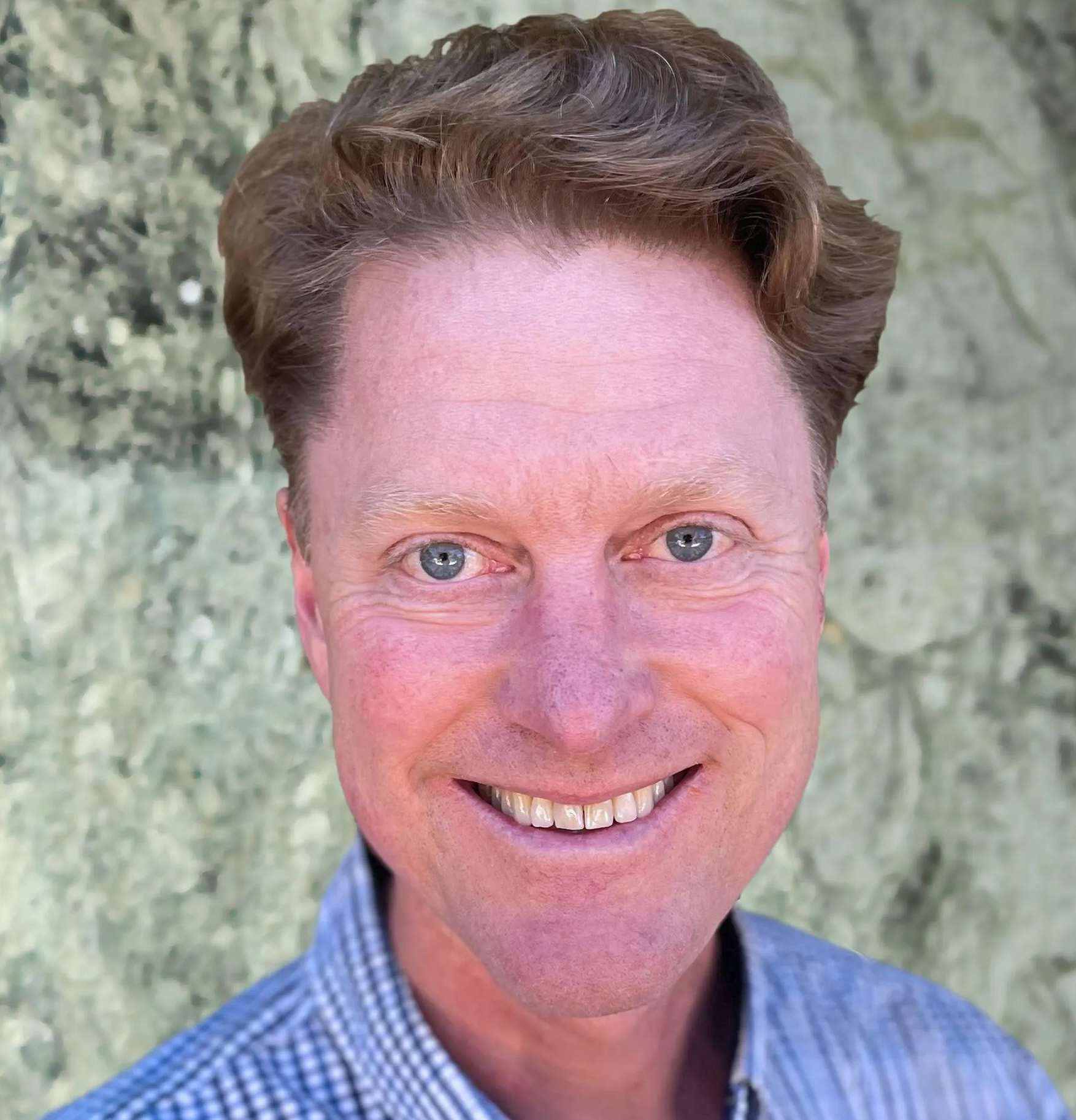
Hans AbramsonWard
Principal Geologist
Lettis Consultants International, Inc.
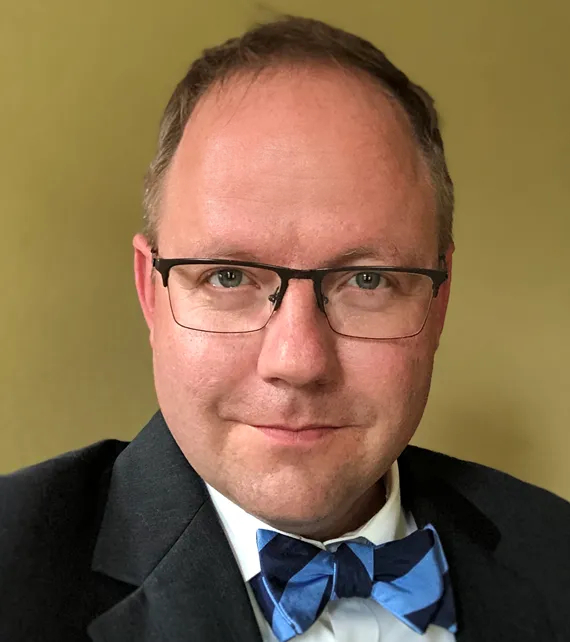
James Olsen
Geotechnical Engineer, Project Manager
US Bureau of Reclamation
James Olsen is a Geotechnical Engineer with over 15 years of experience working on embankment dams and other water resources-related engineering projects. He received his Bachelors Degree in Civil Engineering from the University of Colorado at Boulder and his Masters of Science Degree from the University of Colorado at Denver. He joined Reclamation's Technical Service Center in 2018.

Rebecca Ragon
Author
U.S. Army Corps of Engineers

Daniel Osmun
Author
HDR
Mr. Osmun has 32 years experience in geotechnical and embankment dam engineering. He has served in numerous leadership roles on major dam design and rehabilitation projects and has performed dam safety evaluations on many earthfill and concrete dams including Federal Energy Regulatory Commission regulated hydropower dams, Corps of Engineers dams, as well as many Reclamation dams. Dan served as one of the USSD-nominated leaders of the Oroville Complex Level 2 Risk Analysis. He current serves as HDR’s practice leader for dam safety risk informed decision making.

Adam J. Toothman, P.E.
Hydraulic Structures Engineer
HDR
AdamToothman is a registered professional engineer with more than 22 years of civiland structural engineering experience with a focus in design and analysis of concretedams and hydraulic structures. He workedfor 4 years with the U.S. Army Corps of Engineers in the HuntingtonDistrict. He then worked for 15 yearswith the U.S. Bureau of Reclamation at the Technical Service Center in Denver,CO where he was a design team project manager for a number of final designprojects including spillway modifications, outlet works replacement, and damraise projects all using Risk-Informed Design. He was the team lead for numerous dam safety Issue Evaluations,Comprehensive Dam Reviews, risk evaluation studies, and author of quantitativerisk analysis reports. Adam joined HDR in2022 in their Denver, CO office where he is a technical lead for the design of3 new RCC dam projects, and has been the subject matter expert for semi-quantitativerisk analyses for local, state, and other federal government agencies. He has a Bachelor of Science degree in CivilEngineering from West Virginia University and a Master of Engineering degree inCivil Engineering from Virginia Tech.
-
Contains 4 Component(s), Includes Credits Recorded On: 05/16/2021
Our 4 speakers worked together on this project and have a unique perspective to share. They will address the primary threat that is due to rising sea levels and storm surge. Concludes with a panel discussion moderated by Kelly Schaeffer.
Our 4 speakers worked together on this project and have a unique perspective to share. They will address the primary threat that is due to rising sea levels and storm surge. Concludes with a panel discussion moderated by Kelly Schaeffer.
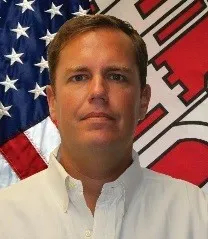
Wes Wilson
Project Manager
USACE - Charleston District
Wes Wilson joined the Army Corps of Engineers Charleston District October 2007 as a member of the Project Management Branch after working for five years with Bechtel Corporation. In his current position, he is responsible for Project Management on three main programs – Navigation Operations and Maintenance, Coastal Storm Damage Reduction Projects and Navigation Construction. He is also responsible for the Charleston Peninsula Feasibility Study.
Mr. Wilson earned his Bachelor of Science degree in 2003 from Clemson University.
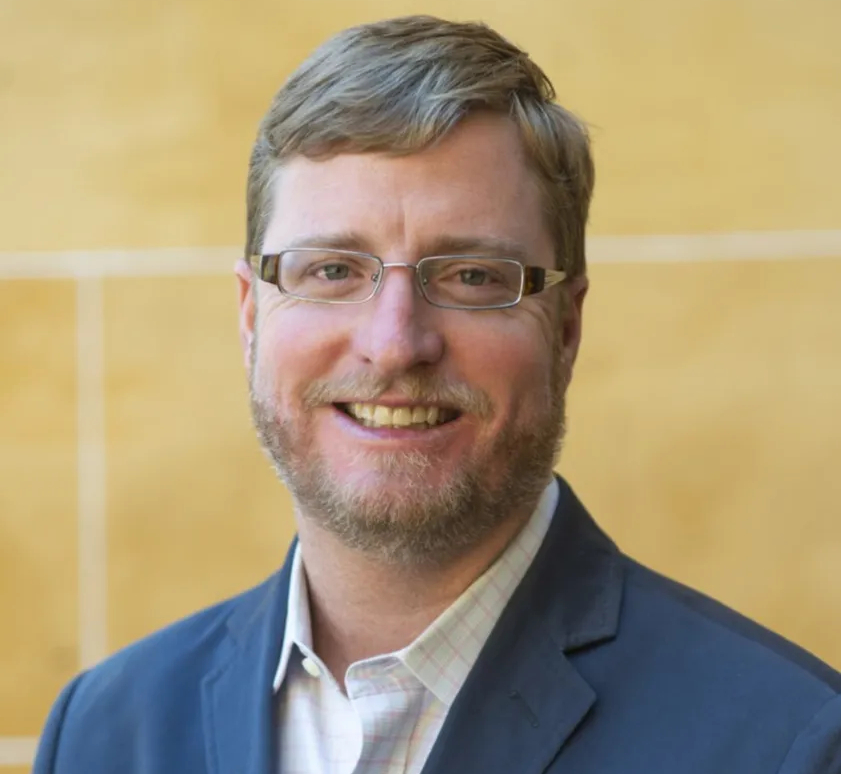
Winslow Hastie
President and CEO
Charleston Historical Foundation
Winslow Hastie is President & CEO of Historic Charleston Foundation, a non-profit organization that champions the historic authenticity, cultural character and livability of the Charleston region through advocacy, stewardship and community engagement. Hastie began his career in San Francisco as a preservation consultant at Carey & Co. Architecture, and as an urban planner and preservation specialist at the City of San Francisco Planning Department. A native of Charleston, Hastie returned to his roots as the Chief Preservation Officer at Historic Charleston Foundation. Following a national search, Hastie was chosen to lead the Foundation as President & CEO, ushering in a new era of heightened advocacy engagement and strategic programming to address preservation, livability and growth issues facing the Charleston region. He holds a Master’s degree in Historic Preservation from the University of Georgia and a Bachelor’s degree from the University of the South at Sewanee. In his active civic life, Hastie serves on the Board of Directors of Magnolia Plantation and Gardens, an historic site outside of Charleston; the Advisory Board of the Halsey Institute of Contemporary Art; the Board of Directors of Preservation Action, a national preservation advocacy organization based in Washington, D.C.; and the Board of the Friends of the Lowcountry Lowline.
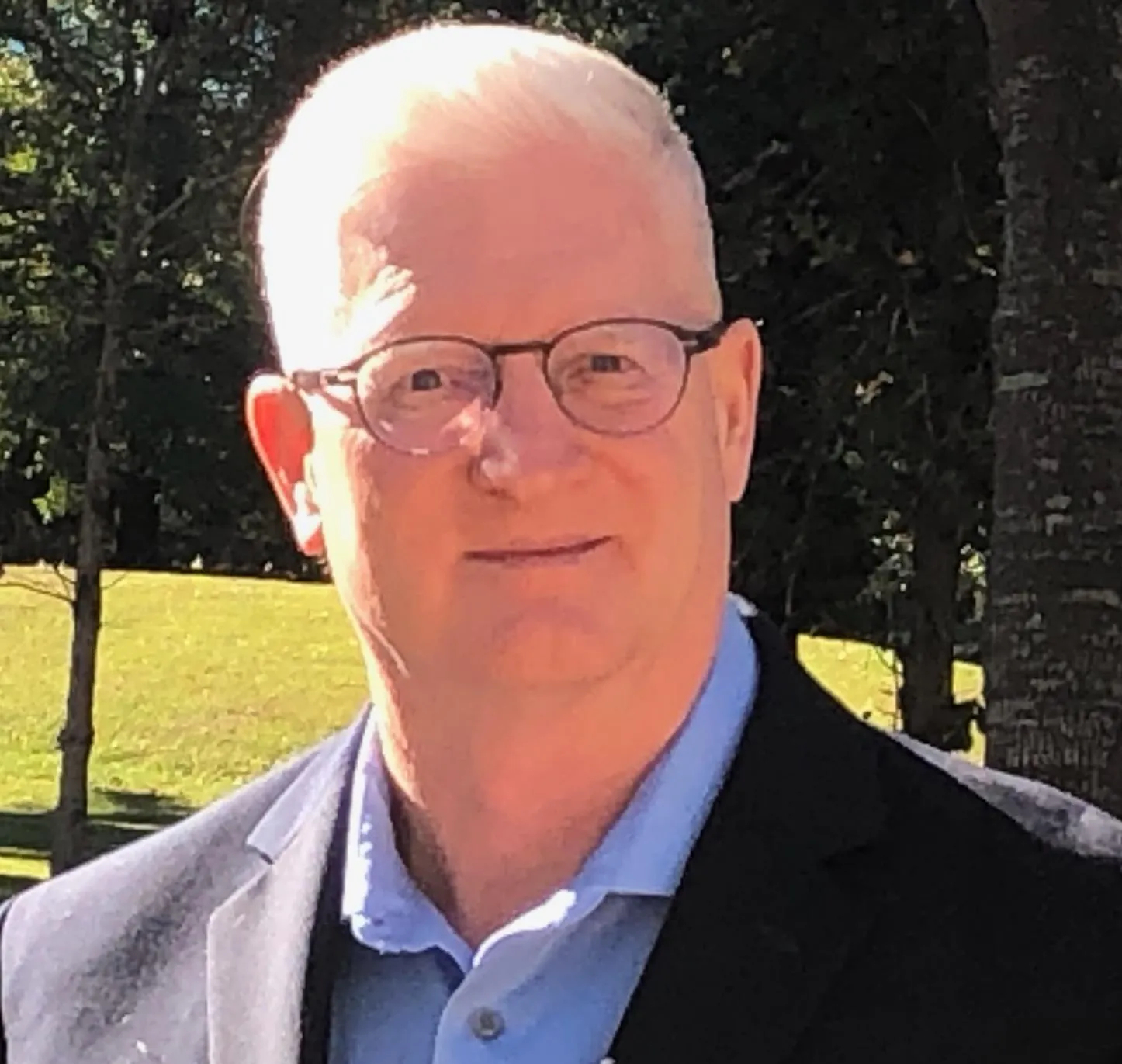
Mark Wilbert
Chief Resilience Officer and Senior Policy Advisor
City of Charleston, SC
Mark Wilbert is the Chief Resilience Officer and Senior Policy Advisor to the Mayor for the City of Charleston, South Carolina. Mark is focused on leading City Staff and the Charleston community in planning for the effects of changing weather, including flooding, sea level rise and extreme heat, in a thriving city of 150,000 residents and seven million visitors annually.
Since becoming Charleston’s first Chief Resilience Officer in 2018, Mark has led the development and implementation of the City of Charleston’s Flooding and Sea Level Rise Strategy, and has served as city project lead for the Charleston Dutch Dialogues. He also continues as city project lead for the U.S. Army Corps of Engineers Flood Risk Management Study for the Charleston Peninsula and successfully led the city team through the recently completed All Hazards Risk and Vulnerability Analysis.
Prior to assuming his current role, Mark served as the City’s Emergency Management Director for five years following active duty service in the U.S. Coast Guard for 35 years, retiring as Captain. During his Coast Guard career, Mark served in roles involving Search and Rescue, Law Enforcement, Counter –Terrorism and protecting the maritime environment. He was also involved in planning and responding to numerous weather related disasters and events including the G-8 Summit in 2004 and the Deepwater Horizon Oil Spill in 2010.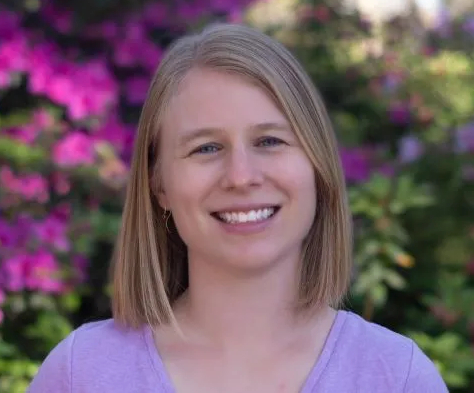
Elizabeth (Liz) Fly, Ph.D.
Marine Conservation Director, South Carolina Chapter
The Nature Conservancy
Liz is the Marine Conservation Director for the South Carolina chapter of The Nature Conservancy. She is expanding the Conservancy’s engagement in important coastal and offshore issues facing South Carolina, including using nature-based solutions to mitigate flood risk, supporting sustainable fisheries, and making informed ocean-use decisions. She is originally from St. Louis, Missouri, but has lived in South Carolina for 14 years working on marine-related issues. She received her Ph.D. in Biological Sciences from the University of South Carolina, studying climate change impacts on marine mussels around the world. Liz spent a year in Washington D.C. as a Knauss Marine Policy Fellow, working on ocean and coastal issues for the Third National Climate Assessment which was released in 2014. Before joining the Conservancy, she was the coastal climate specialist for the South Carolina Sea Grant Consortium and the Carolinas Integrated Sciences and Assessments program, providing science-based information and technical support for coastal climate adaptation issues.
-
Contains 4 Component(s), Includes Credits
1. The Effectiveness of Grouting as a Slurry Control Pre-Treatment for the Boone Dam Cutoff Wall 2. Drilling and Grouting with Exclusive Use of Instrumented Packers at the Boone Dam Internal Erosion Mitigation Project 3. Construction Techniques and Challenges during the Cutoff Wall Installation at TVA Boone Dam Remediation Project 4. Monitoring While Engineering at the Boone Dam Internal Erosion Mitigation Project 5. Joint Execution Exercises as a Risk Mitigation Tool for the Boone Dam Remediation Project
1. The Effectiveness of Grouting as a Slurry Control Pre-Treatment for the Boone Dam Cutoff Wall
2. Drilling and Grouting with Exclusive Use of Instrumented Packers at the Boone Dam Internal Erosion Mitigation Project
3. Construction Techniques and Challenges during the Cutoff Wall Installation at TVA Boone Dam Remediation Project
4. Monitoring While Engineering at the Boone Dam Internal Erosion Mitigation Project
5. Joint Execution Exercises as a Risk Mitigation Tool for the Boone Dam Remediation Project
Veronica Barredo
Senior Program Manager
Tennessee Valley Authority
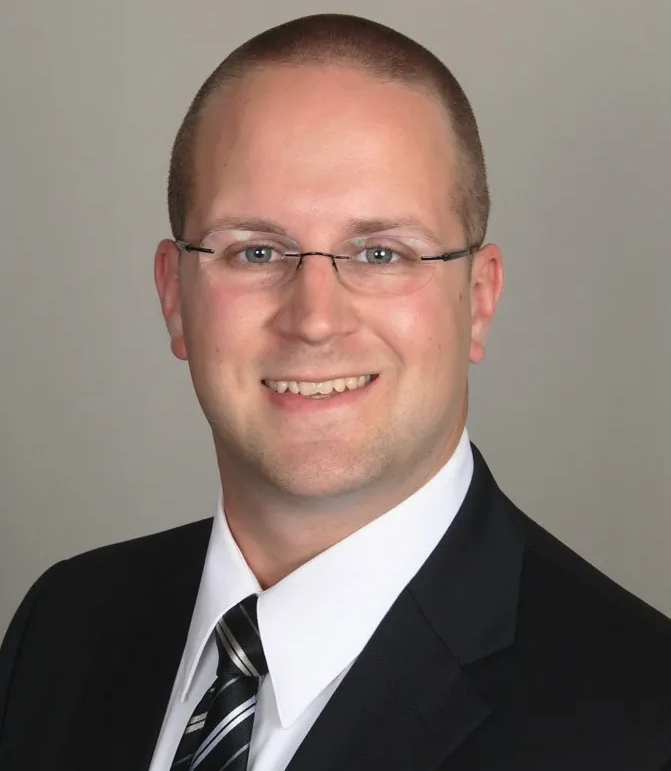
John Barrett
Principal Engineer
Geosyntec Consultants
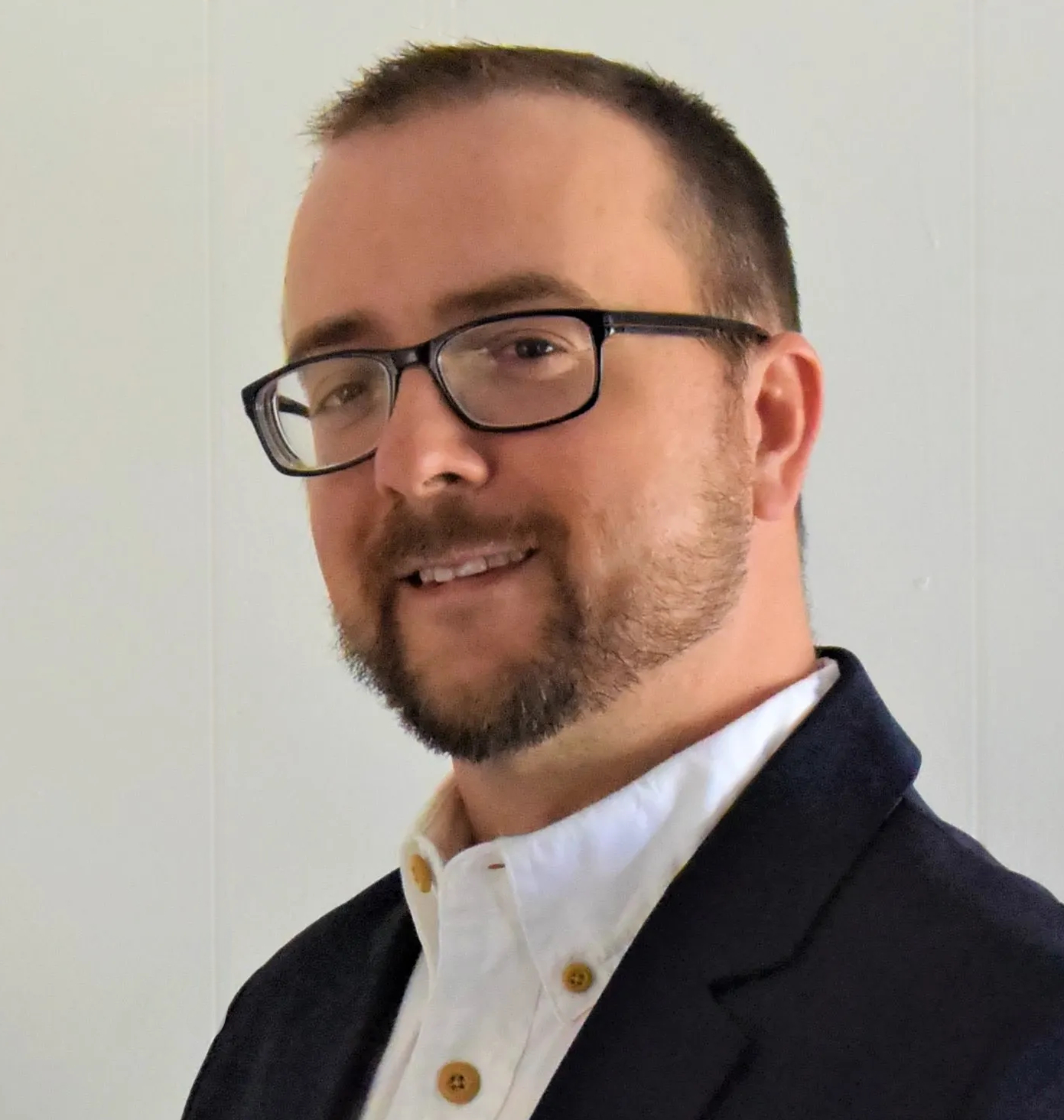
Conrad Ginther, P.E.
Construction Manager/Geotechnical Engineer
Geosyntec
Mr. Ginther is a geotechnical engineer and construction manager specializing in seepage barriers, grouting, cutoff walls, dam design and construction, and dam safety.

Jose Torres
Project Manager
Nicholson Construction
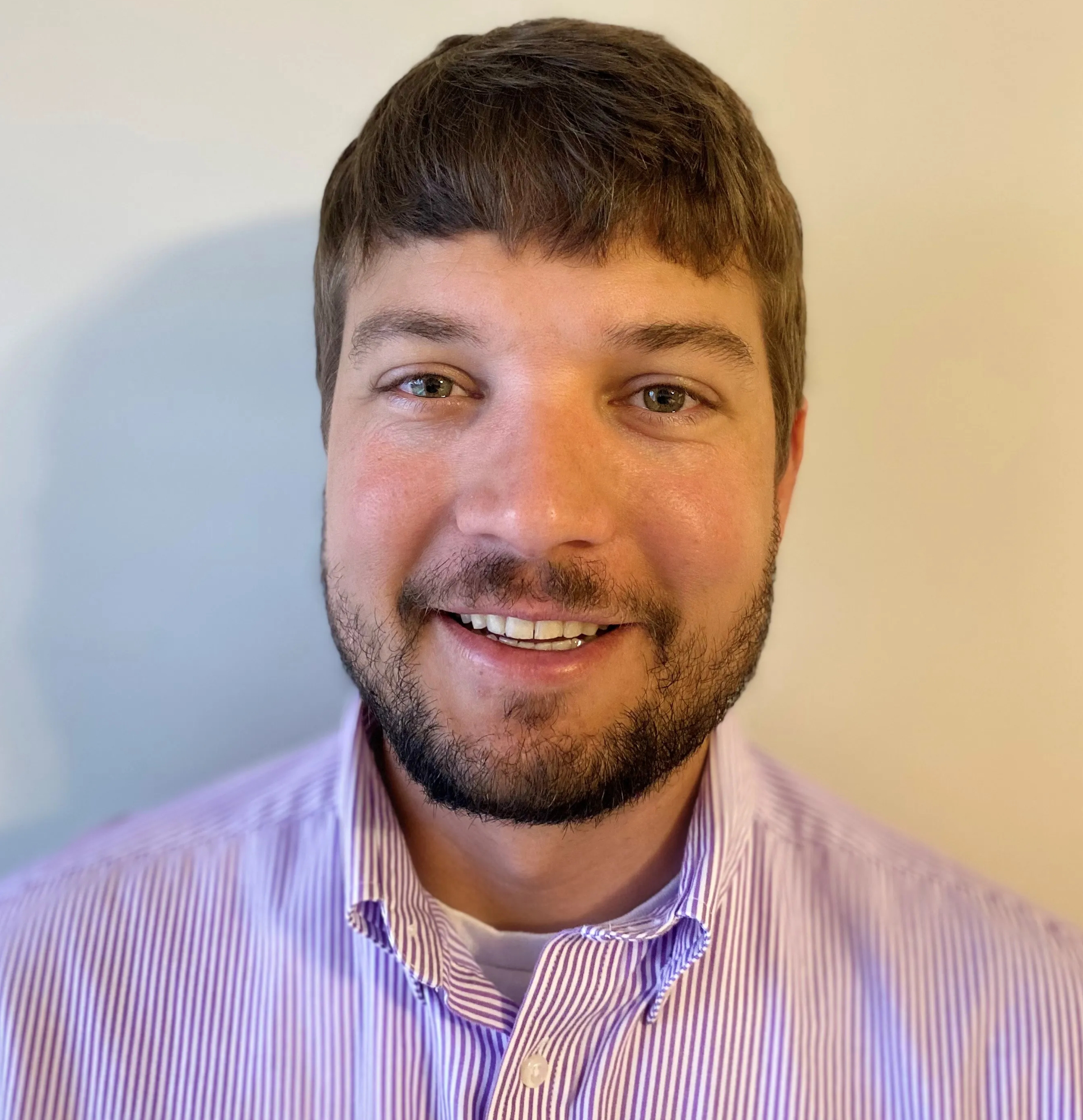
Patrick White
Senior Geotechnical Engineer
AECOM

